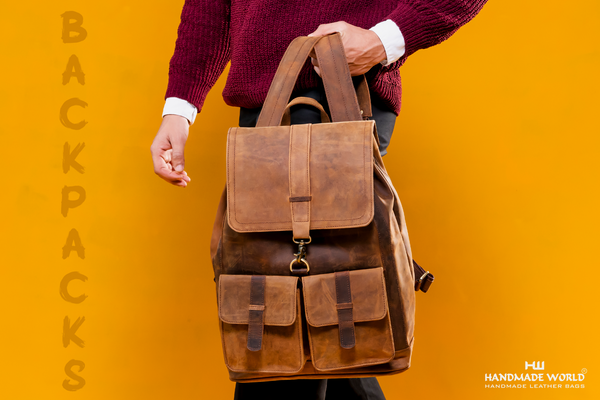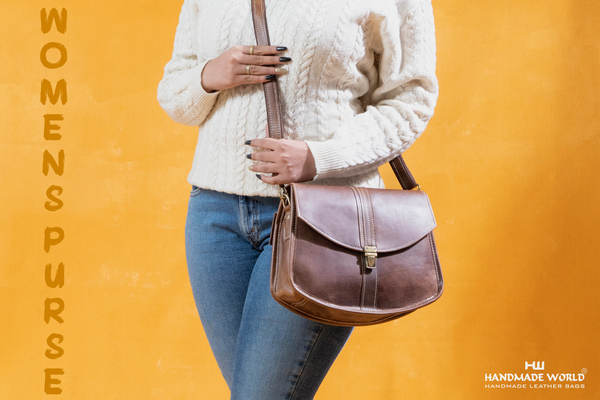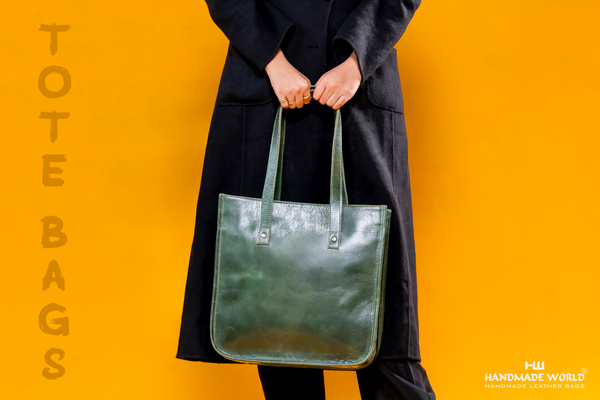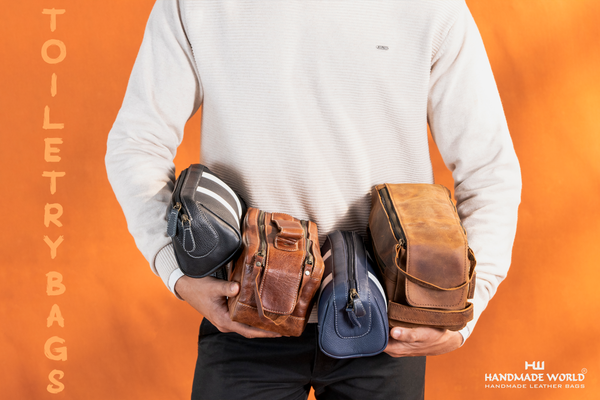
The Changing Appearance of Leather: Understanding Cracking, White Spots, Stickiness, and Smells
Leather has been a popular material for clothing, accessories, and home décor for centuries. Its durability, versatility, and natural beauty make it a sought-after material used to create everything from shoes and jackets to handbags and furniture. One of the leather's unique characteristics is its ability to change appearance over time. This can be due to various factors, such as exposure to sunlight, water, oils, and other substances. In this blog post, we will explore the changing appearance of leather and what causes it.
One of the most common issues that can occur with leather is cracking. Leather is a natural material that can be affected by environmental factors such as heat, humidity, and dryness.

Leather cracking can be caused by several factors, including:
- Dryness: Leather must be moisturized regularly to keep it soft and supple. When leather dries out, it becomes stiff and brittle, which can cause cracks to form. This is especially expected in leather exposed to dry air or direct sunlight.
- Age: Over time, leather can naturally dry out and lose its moisture content. As leather ages, it becomes more sensitive to cracking and other forms of damage.
- Lack of maintenance: Leather must be cleaned and conditioned to maintain quality and prevent cracking. Overlooking to care for leather can make it dry and brittle, leading to cracks.
- Exposure to heat: Heat exposure can cause the leather to dry out and crack. This can happen if the leather is exposed to direct sunlight, placed near a heat source, or left in a hot car.
- Exposure to water: Leather that becomes wet and is not dried correctly can lead to cracking. This is because water can cause the leather to swell and shrink as it dries out, causing the fibers to stretch and crack.
To prevent the leather from cracking, it is crucial to properly care for and maintain it. This includes cleaning and conditioning the leather, keeping it away from direct sunlight and heat sources, and avoiding exposure to rainstorms. A leather
conditioner or oil can help moisturize the leather and prevent cracking. It is also essential to store leather in a cool, dry place to prevent it from drying out.

Another common issue is leather turning white. Leather is a natural material that can be affected by environmental factors such as humidity. If humidity levels are too high, mold can form on the leather's surface. The mold often has a green or white color and a dusty, speckled formation. This can be problematic for leather goods in humid environments, such as basements or storage units.
Mold can cause permanent harm to leather if not appropriately managed. It can cause the leather to discolor, become brittle, and even emit a foul odor. If you notice mold on your leather goods, it is essential to prevent further damage immediately.
It is important to note that mold on leather is often confused with spew, also known as "fatty bloom." Spew results from fats and oils within the leather crystallizing on the surface when they meet the air. Spew can make the leather look patchy with white or green spots. Unlike mold, spew does not pose a health risk and is not harmful to the leather. If you notice a spew on your leather goods, wipe it off with a clean, dry cloth.

Another issue the leather owner faces is that leather becomes sticky. Leather can become sticky due to mixed factors, including exposure to heat, high humidity levels, exposure to chemicals, and aging. If you notice your leather goods have become sticky, it is essential to clean the leather with a damp cloth and use a leather conditioner to moisturize the leather and restore its natural oils. It is also necessary to keep the leather away from heat sources or direct sunlight if possible and consider utilizing a dehumidifier if high humidity levels cause stickiness. In some cases, damaged leather may need to be replaced, but proper care and maintenance can help prevent the leather from becoming sticky in the first place.
The most commonly heard problem is leather smelling. The smell of leather is often associated with luxury, durability, and quality. Leather has a distinctive scent often described as earthy, musky, and slightly sweet. This scent results from the tanning process, which involves treating animal hides with chemicals and natural compounds to make them durable and resistant to decay.
The scent of leather can also vary depending on the type of leather and the tanning process used. For example, vegetable-tanned leather has a distinct aroma, which is often rich and earthy, while chrome-tanned leather has a more chemical-like odor. It is worth noting that not all leather smells pleasant. Cheap or poorly tanned leather may have residual tanning agents and chemicals not properly rinsed off, leaving a strong and unpleasant smell. Goat and camel leather, in particular, have a solid natural odor that some customers may find unpleasant.
In addition, leather is porous and can absorb strong odors, such as smoke, food odor, perfume, mildew, and mold. When leather absorbs these odors, it can become unpleasant to the nose. Leather furniture and jackets, for example, may retain the smell of cigarette smoke or cooking odors even after being aired out. Fortunately, there are ways to remove unwanted smells from leather. One standard method is to place the leather item in a well-ventilated area and let it air out. Another option is to use a specialized leather cleaner or odor remover. It is essential to use a product specifically designed for leather and to follow the manufacturer's instructions carefully.
In conclusion, while leather is often associated with a pleasant, earthy scent, not all leather smells pleasant. Cheap or poorly tanned leather may have an unpleasant odor, and leather can also absorb strong odors from its environment. However, with proper care and cleaning, unwanted smells can often be removed from leather goods.

At Handmade World, we offer high-quality bags designed to last. We understand that a bag is a functional accessory that reflects your style and taste. Whether you're looking for a sturdy backpack for hiking and outdoor activities, a stylish messenger bag for work or school, a chic purse for a night out, or a spacious duffle bag for travel, we have you covered. Our bags are made with premium materials, such as genuine leather and durable canvas, and are crafted with care and attention to detail. We believe in the value of handmade products, and all of our bags are handmade by skilled artisans who take pride in their work. This means that each bag is unique, with its character and charm.
In addition to our wide range of bags, we also offer excellent customer service and a commitment to customer satisfaction. We want you to be pleased with your purchase. At Handmade World, we are dedicated to providing quality bags that meet the needs and preferences of our customers. We believe in using premium materials and skilled artisans to create unique and durable bags you can trust. Whether you're shopping for yourself or looking for a thoughtful gift for someone special, we have the perfect bag for you.








